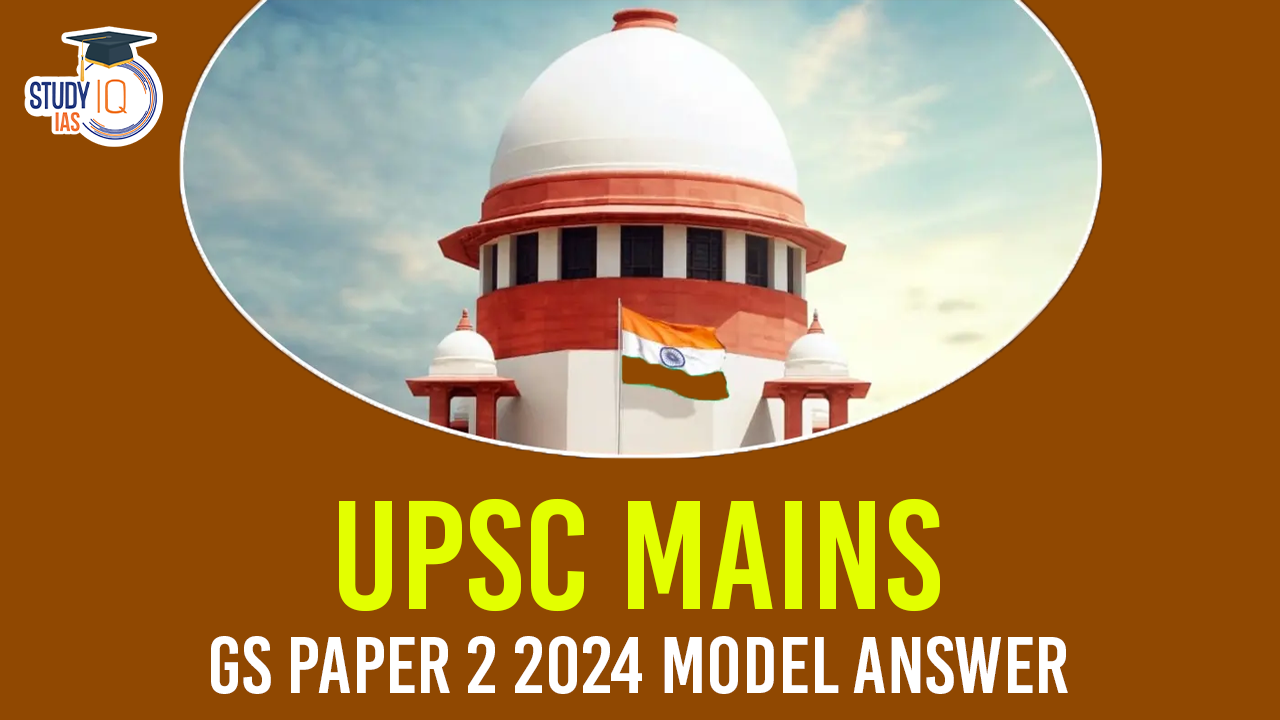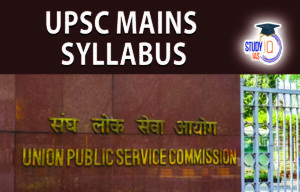Table of Contents
Introduction:
- You can start your answer with the definition of PIL: Public Interest Litigation (PIL) refers to a legal action initiated in a court to safeguard the public’s interest on issues like pollution, terrorism, road safety, and construction hazards. Any matter affecting the broader public can be addressed through a PIL, allowing the court to intervene and provide relief.
- Can Mention the evolution:
-
- The right to speedy justice was recognized as a fundamental right, which had been denied to prisoners.
- This approach became a precedent in later cases.
- A new era of the PIL movement was heralded by Justice P.N. Bhagawati in the case of S.P. Gupta vs. Union of India : any concerned citizen or social action group, acting in good faith, can seek redress through the High Courts (under Article 226) or the Supreme Court (under Article 32).
Reasons for the Growth of Public Interest Litigation (PIL) in India:
- Judicial Activism: The Supreme Court’s proactive stance in cases concerning social and constitutional matters has led to a surge in PILs.
- Example: Vishaka vs. State of Rajasthan (1997) – guidelines for the prevention of sexual harassment in the workplace, filling a legislative gap.
- Access to Justice: PILs were introduced to democratise the judicial process, ensuring marginalised communities could approach the courts easily.
- Bureaucratic Unresponsiveness: The rise of Public Interest Litigation (PIL) can be attributed to the bureaucracy’s lack of responsiveness to the needs of the public.
- Apathy of the Executive: The indifference of the executive to the challenges faced by society, particularly by marginalized groups, has further fueled the growth of PILs.
- Liberalisation of Locus Standi: The relaxation of locus standi (who can file a case) allowed individuals or groups to represent those unable to approach the court themselves.
- Focus on Social Justice: The judiciary’s focus on correcting socio-economic disparities has solidified PILs as a tool for advancing social justice.
- Example: Parmanand Katara vs. Union of India: Every doctor, whether at a government hospital or otherwise, has the professional obligation to extend his or her services with the expertise for protecting life.
- Government Inaction: PILs have often been used to address gaps in governance, particularly in areas like human rights, corruption, and environmental protection.
- Example: Recent Example: In 2021, the Supreme Court addressed the issue of air pollution in Delhi-NCR. The Court directed the government to implement stricter measures to curb pollution levels, emphasizing that the right to breathe clean air falls under the right to life. .
- Media Attention: High-profile PIL cases have garnered extensive media coverage, increasing public awareness and trust in the PIL process.
- Example: In 2021, the PIL concerning the COVID-19 pandemic’s management in India received widespread media coverage. The Supreme Court’s intervention in ensuring the availability of essential resources like oxygen and vaccines highlighted the judiciary’s proactive role in public health matters.
- Expanding Interpretation of Fundamental Rights: The Court’s expansive interpretation of Article 21 has included rights like the right to health, education, and a clean environment.
- Example: Puttaswamy Case 2017: The nine Judge Bench in this case unanimously reaffirmed the right to privacy as a fundamental right under the Constitution of India.
Has the Indian Supreme Court Emerged as the World’s Most Powerful Judiciary?
- Judicial Review:
- The Supreme Court has the power to strike down unconstitutional laws and executive actions, making it highly influential.
- Example: In the Kesavananda Bharati case (1973), the Court established the Basic Structure Doctrine, limiting Parliament’s power to amend the Constitution.
- Expansive Interpretation of Rights:
- The Court has consistently broadened its interpretation of fundamental rights, stepping into areas of policy and governance.
- Example: Navtej Singh Johar vs. Union of India (2018) decriminalized homosexuality by reading down Section 377 of the IPC, highlighting the Court’s role in advancing social justice.
- Judicial Activism through PILs:
- The Court’s willingness to engage in PILs has allowed it to intervene in various social, political, and economic issues.
- Example: The S.R. Bommai vs. Union of India (1994) case limited the arbitrary dismissal of state governments, reinforcing federalism.
- Checks on Executive and Leg islative Power:
- Landmark rulings have placed significant checks on government powers.
- Example: Minerva Mills vs. Union of India (1980) reaffirmed the Basic Structure Doctrine, ensuring executive and legislative actions don’t override fundamental constitutional principles.
- Interventions in Governance:
- The Court has directed governments on a range of issues, from environmental policies to governance reforms.
- Example: T.N. Godavarman vs. Union of India (1995), where the Court created an oversight mechanism for forest conservation in India.
Way Forward:
- Balance between Judicial Activism and Restraint: The judiciary must strike a balance to avoid overstepping into executive functions while continuing to safeguard public interest.
- Example: India has around 44 million pending cases across all courts as of 2023, underscoring the importance of balancing activism with judicial efficiency.
- Strengthening Access to Justice: Reforms are needed to simplify procedures, reduce delays, and expand legal aid services to improve access to justice.
- Example: Expanding the use of e-courts has been suggested to reduce pendency and enhance access, especially in rural areas.
- Promoting Collaborative Governance: Fostering cooperation between the judiciary, executive, and legislature can improve policy implementation without judicial overreach.
- Focus on Implementation: Ensuring that PIL directives are followed up with proper implementation mechanisms is crucial to maximize their impact.
- Ensuring Accountability: Transparency in judicial decision-making is vital to maintain public trust and ensure accountability within the judiciary.
Conclusion:
Public Interest Litigation has achieved remarkable outcomes over the past three decades, providing relief to marginalized groups and enhancing government accountability for human rights violations, while the judiciary must exercise caution to prevent judicial overreach that undermines the principle of separation of powers.
| Related Post | |
| UPSC Mains GS 1 Question Paper 2024 | UPSC Mains GS 1 Analysis 2024 |
| UPSC Mains Essay Question Paper 2024 | UPSC Mains Essay Analysis 2024 |
| UPSC Mains GS 2 Question Paper 2024 | |


 NCERT Books for UPSC Preparation, Check ...
NCERT Books for UPSC Preparation, Check ...
 UPSC Syllabus 2025, Check UPSC CSE Sylla...
UPSC Syllabus 2025, Check UPSC CSE Sylla...
 UPSC Mains Syllabus 2025, Optional Sylla...
UPSC Mains Syllabus 2025, Optional Sylla...





















